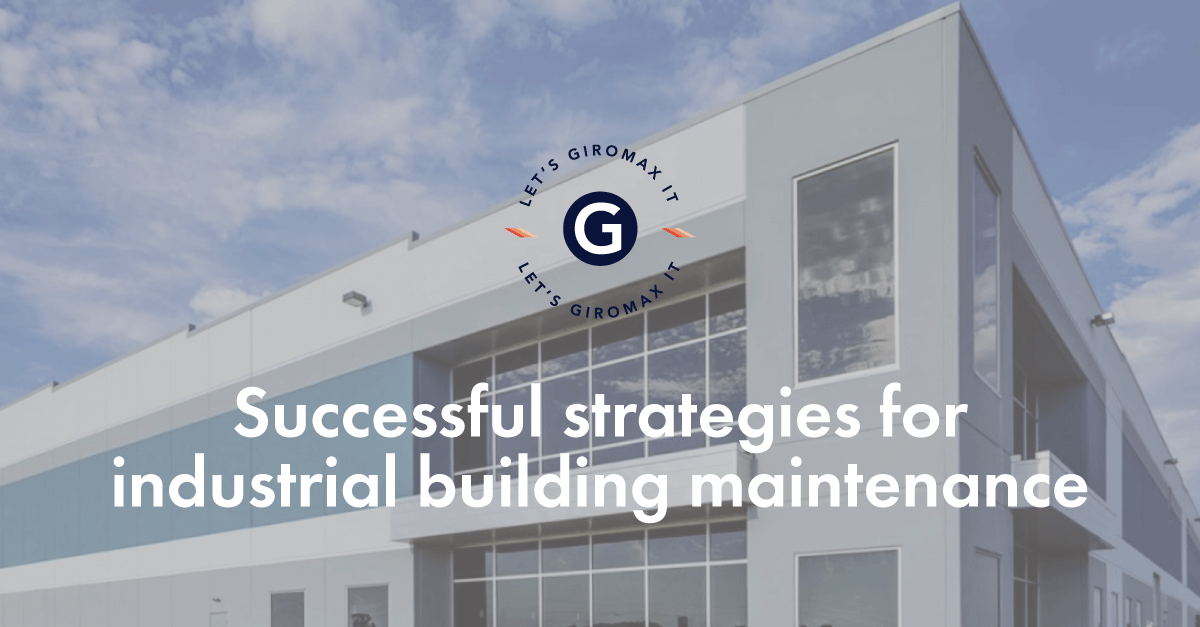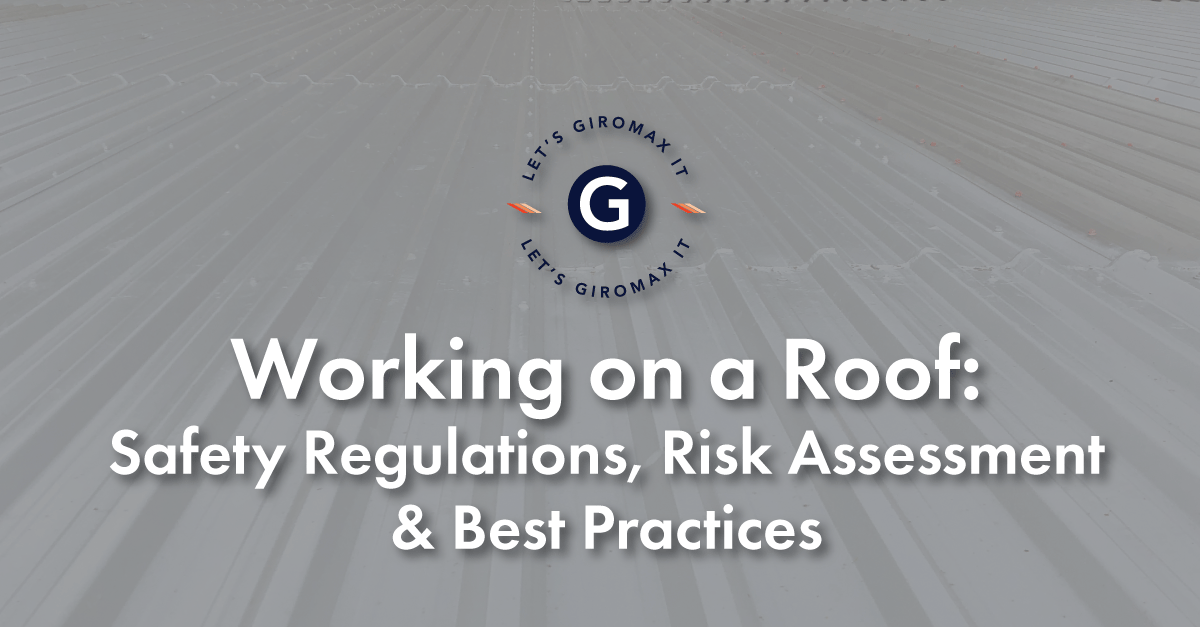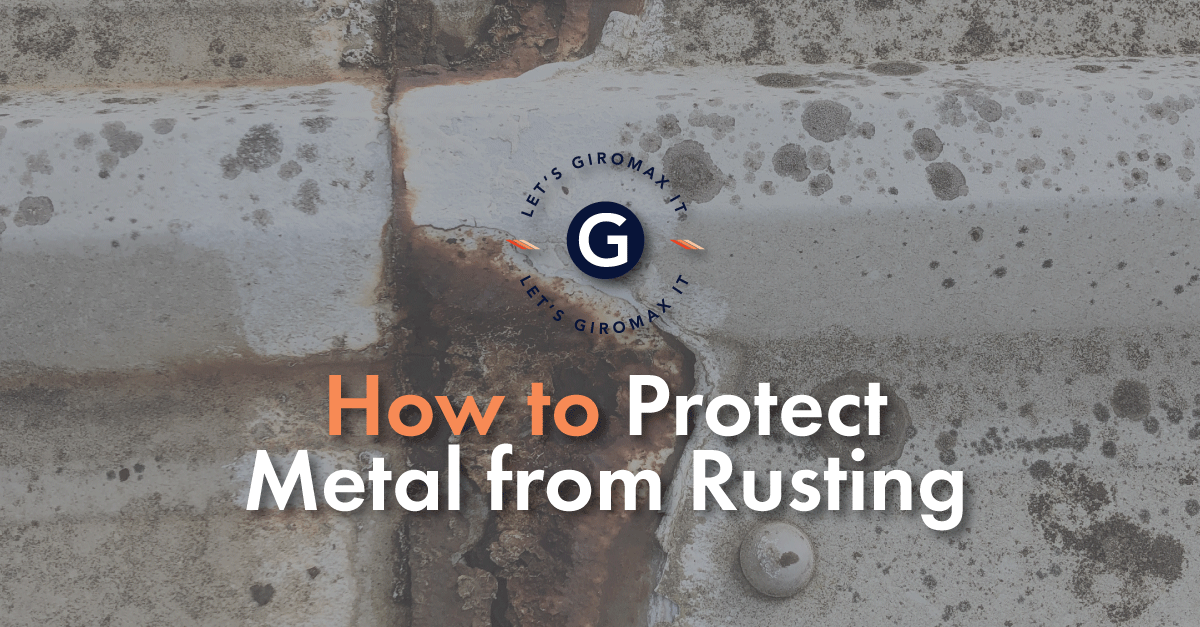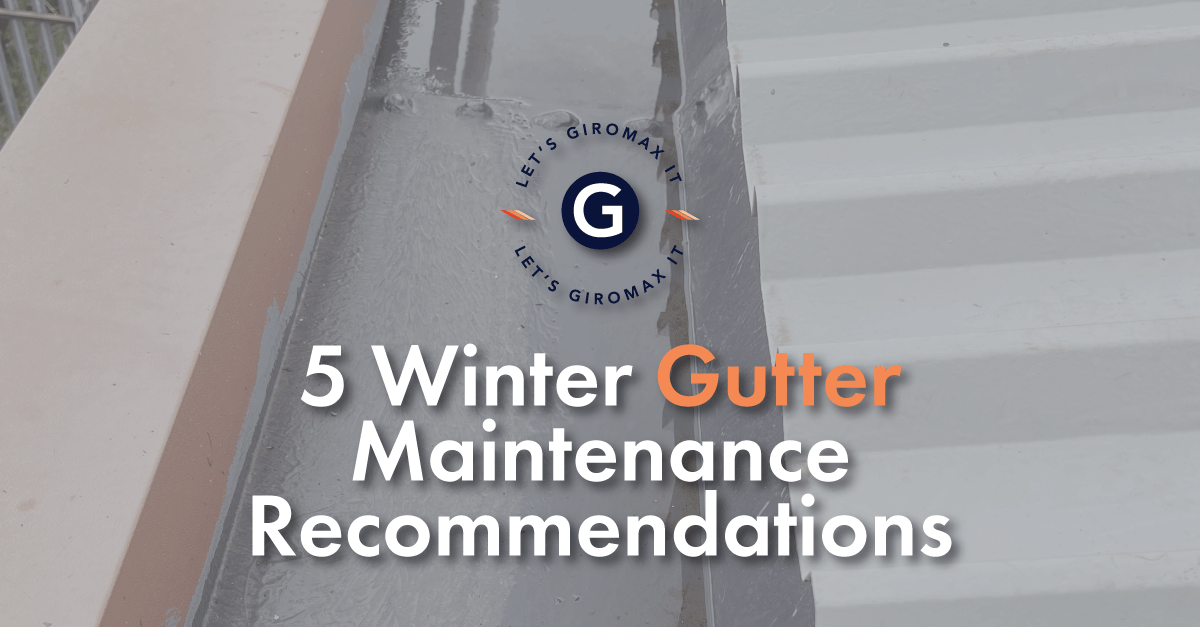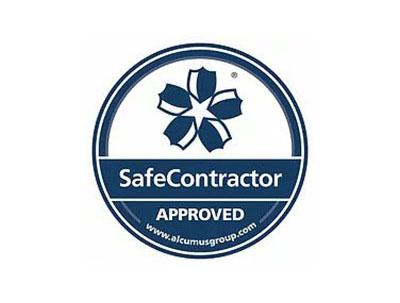Successful strategies for industrial building maintenance
Planning ahead is the key to having a successful strategy for industrial building maintenance.
Keeping an industrial building safe and regularly maintained requires a proactive approach. So, what do you need to consider when you are developing your industrial building maintenance strategy? The key is to plan ahead and factor in any preventative maintenance.
Whether your client is a commercial landlord or a tenant, it’s important to make sure everyone knows their responsibilities in terms of building upkeep. There are also various health and safety factors which need to be considered in a maintenance strategy.
Developing your building maintenance strategy
When developing a suitable strategy, carry out an audit of the building to determine and prioritise any areas requiring maintenance. List any problem areas, and what’s needed in the short term to address any issues. Consider the long-term impact on any business activities within the building that could be affected. Build a timeline that covers any repairs and include any key maintenance goals.
A tactical annual plan needs to be produced to prioritise works, either throughout the year or on a yearly basis. Categorise each area and allocate a budget, so you can create accurate financial forecasts. Through tactical planning, you can then allocate enough funds and resources to cover repairs. This will also help you to assess any health and safety considerations, allowing you to take appropriate action, if and when required.
Ultimately, a maintenance strategy can only be successful if everyone in the building understands their responsibilities. Set some objectives to identify key areas of focus, for example, contractual dilapidations relating to a lease. A copy can then be given to tenants to remind them of their own obligations.
As every industrial building has its differences, your maintenance strategy must also be tailored to reflect the type of building structure. If you manage a business that owns its own premises, then it’s important to know how your maintenance plan will affect your operational costs.
5 things to consider when planning maintenance
Below are five areas to factor into your planning, when you or your client are developing an industrial building maintenance strategy:
- Health and safety
Health and safety must be the top priority of any building owner or landlord. When a building is poorly maintained, this can create safety hazards for employees, as well as potential compliance and legal issues. A buildings maintenance strategy will help to keep workers safe and ensures business continuity. Check any relevant safety regulations and building codes. - Preventative measures
When you prevent problems from occurring, businesses can protect their production or work schedules. Build time into your strategy for preventative maintenance and essential works, liaising with all businesses located within the building. By factoring in planned maintenance, you can give commercial tenants enough notice so they can adjust their work schedules. - Maintain productivity
Unexpected and unplanned downtime can lead to costly delays for a business, especially manufacturing firms. Strategic planning gives you greater control over your schedule, and businesses can plan maintenance tasks during times when it’s less disruptive to their operational activities. - Building integrity
A proactively maintained building will remain in good condition. Many industrial buildings have aging infrastructure, so strategies are needed to address such issues, such as asset management plans and phased upgrades. Planned maintenance will help you or your client to preserve the longevity of the building. Preventative maintenance ensures a safe premises and stability for any commercial tenants. - Cost savings
A buildings maintenance strategy will reap various long-term financial rewards for the building owner or landlord. Contingency planning will prepare you for any potential crises, such as environmental disasters. Strategic planning for preventative maintenance could result in significant cost savings. It’s much cheaper, for example, to preserve rather than replace cladding and roof systems.
Interior inspections
When it comes to the fabric of the building, it’s important to make sure the exterior is kept in good condition. But it’s also essential to factor in interior maintenance too.
Below is a high-level summary of key focus areas:
- Fixtures and fittings, equipment and lighting.
- Utilities – power, water, electrics and gas.
- Walls, floors and ceilings.
Some of the above areas will require the services of professional qualified tradespeople. So, it’s important to make sure any annual safety checks are incorporated into your plan. Always included a fire risk assessment in your maintenance strategy.
Seek technical advice
A well-developed buildings maintenance strategy will allow you to be proactive instead of reactive. Preventative maintenance is always better than corrective repairs. Building owners and landlords can protect their premises, and business tenants can align maintenance plans to their operational activities. Many areas of an industrial building, including rooftops, can be easily repaired using high-quality coatings, reducing the need for a costly replacement roof.
At Giromax, we have a team of experienced Technical Services Managers who can advise on different coatings for your industrial building. Our range includes cut-edge corrosion treatments, gutter coatings, and coatings for profiled metal roofing and asbestos cement.
For application advice or technical guidance, please speak to the Giromax team or call 01455 558969.
Get updates from us
Sign up to our newsletter to receive all the latest news and insights from Giromax Technology.
Subscribe to NewsletterRelated articles
Working on a Roof: Safety Regulations, Risk Assessment & Best Practices
When working on a roof, understanding work at height regulations and conducting a risk assessment helps to ensure essential safety...
How to Protect Metal from Rusting
When considering how to protect metal from rust, there are treatments for roofs. We look at common methods to prevent...
5 Winter Gutter Maintenance Recommendations
Regular gutter inspections in winter and removal of debris, snow and ice ensures gutters stay clean. We share winter gutter...

